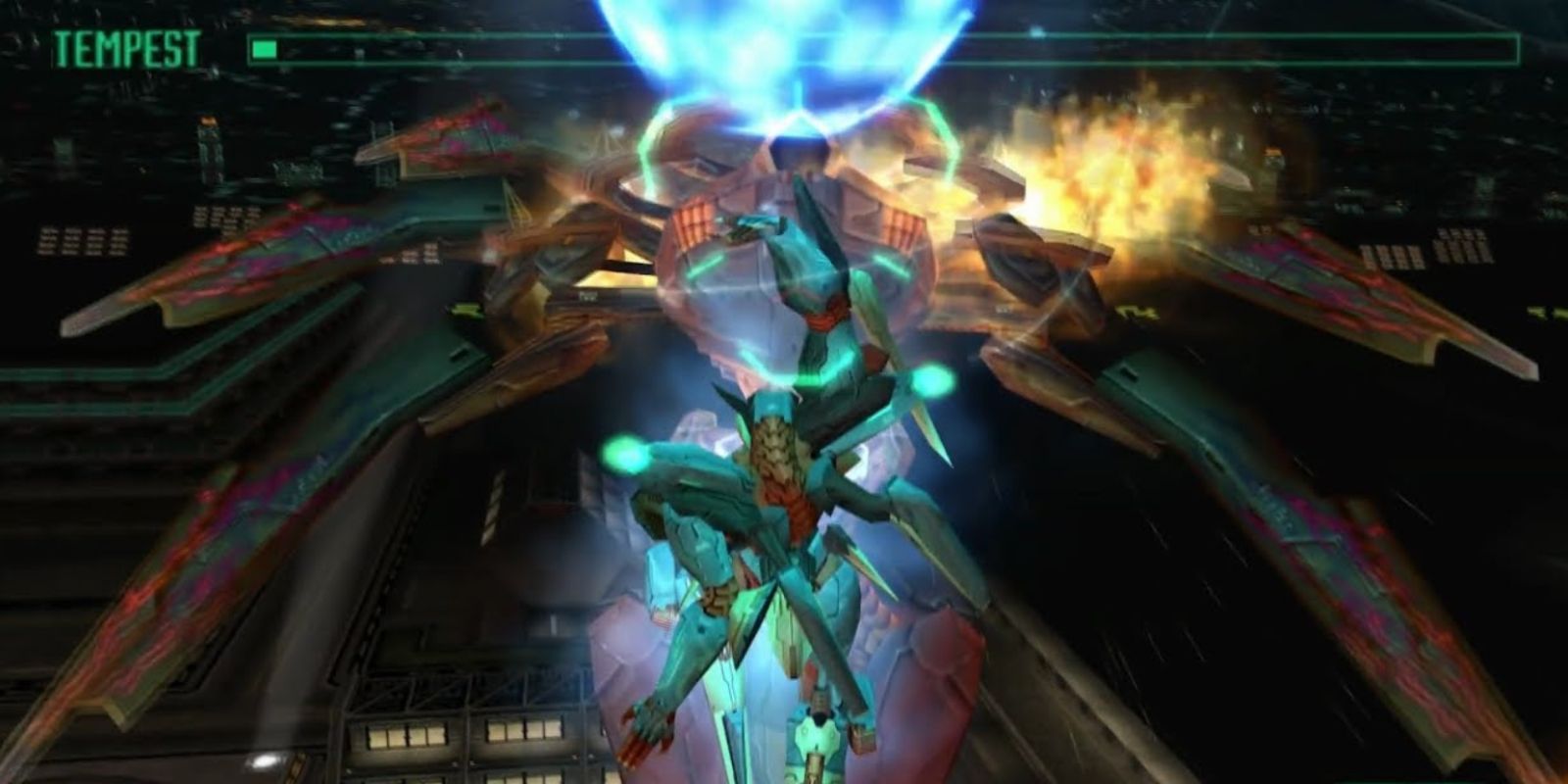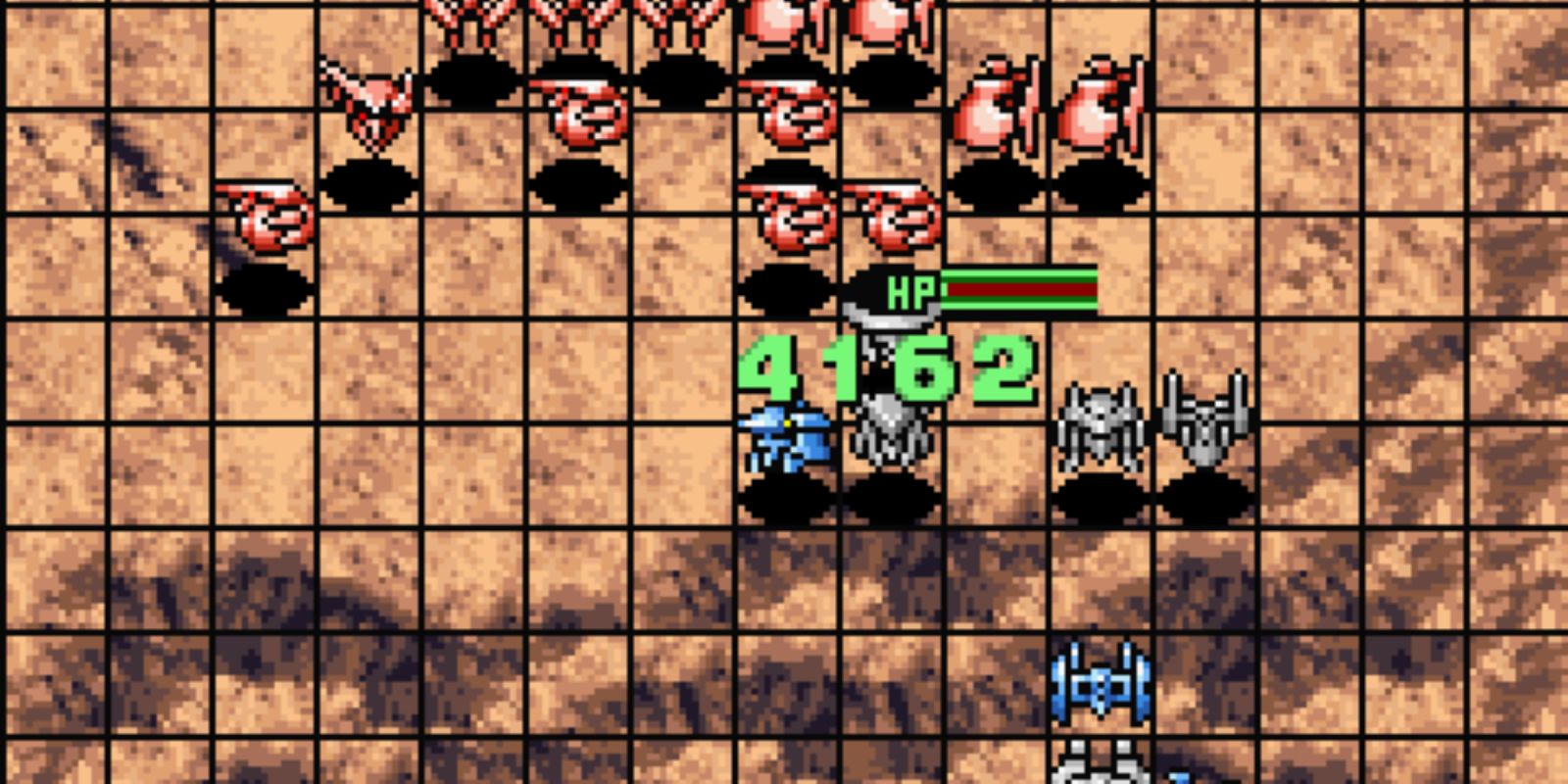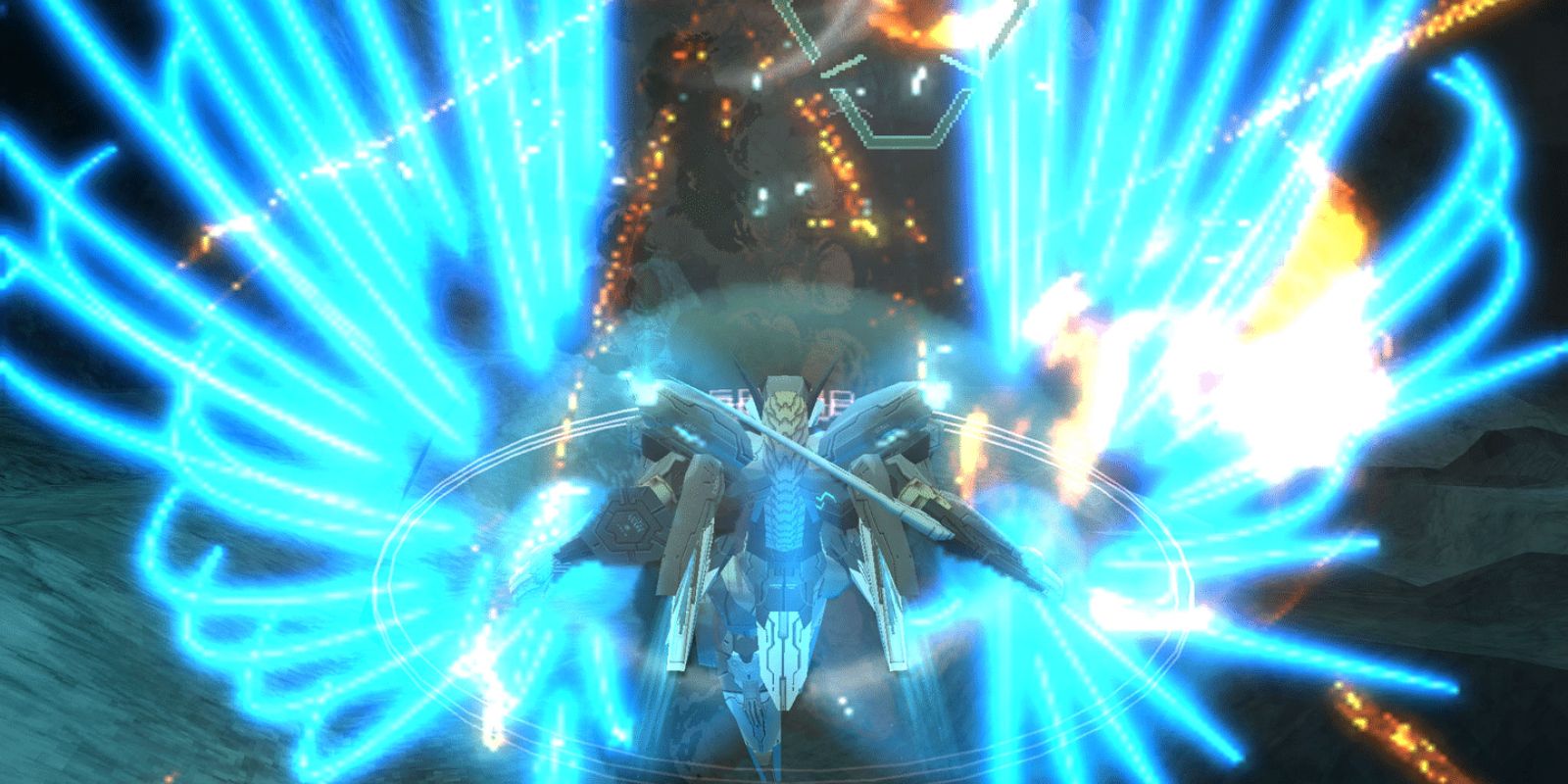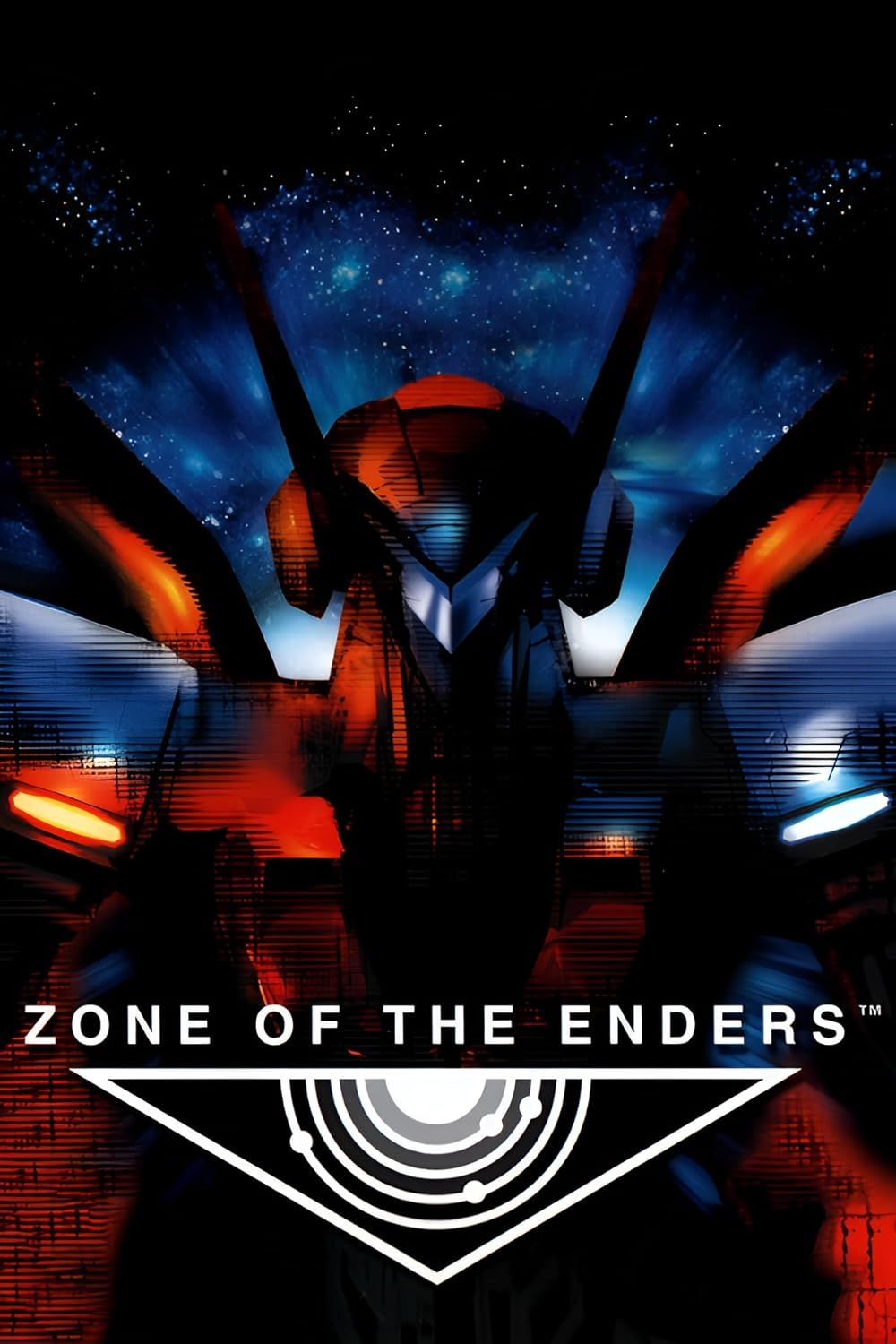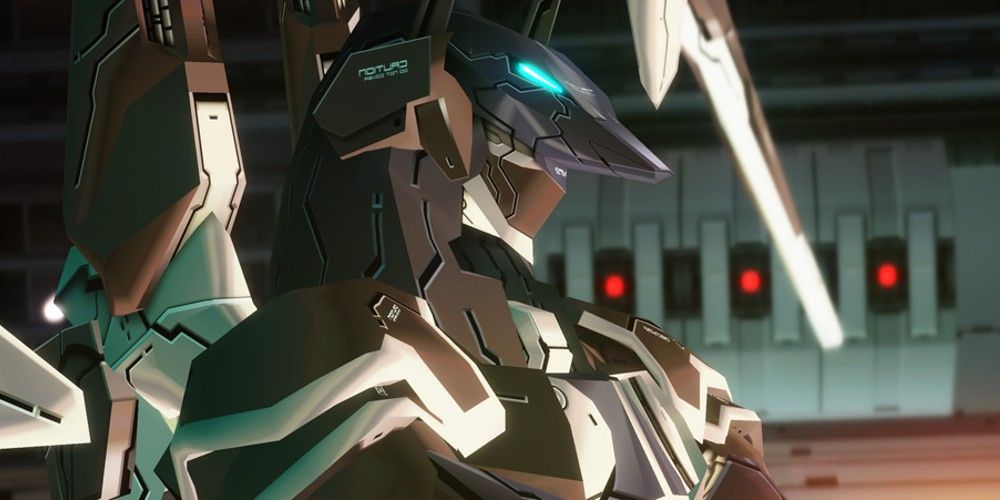
Hideo Kojima may be best known for spearheading the legendary Metal Gear series, but the prolific game designer also had a hand in creating a terminally underrated mecha series, as well. As themes of loss, growth, and the dangers of warfare are prominent throughout Kojima’s work, it is only fitting that Zone of the Enders, a mecha action series that Kojima produced, follows the same narrative path as Metal Gear before it. Across two core entries and a single spin-off title, the Zone of the Enders games weave a tale that is familiar among mecha anime fans as it features ordinary people swept up in extraordinary circumstances.
While the first Zone of the Enders was released in 2001 for the PlayStation 2, its development began far before the release of Sony’s powerhouse console. Originally planned to be a Dreamcast release, the eventual failure of Sega’s final home console moved Zone of the Enders to the PlayStation 2, where it introduced players to its dystopian space-faring future. Despite moderate success, a sequel was never originally planned for the first Zone of the Enders, but two direct titles were released after it, Zone of the Enders: The Fist of Mars for the Game Boy Advance, and Zone of the Enders: The 2nd Runner for the PlayStation 2. This trilogy of games wove a tale that blended hard science fiction, Egyptian mythology, and humanitarianism.
Zone of the Enders Brought a Sense of Realism to Its Mecha
And It Looked Fantastic Doing It
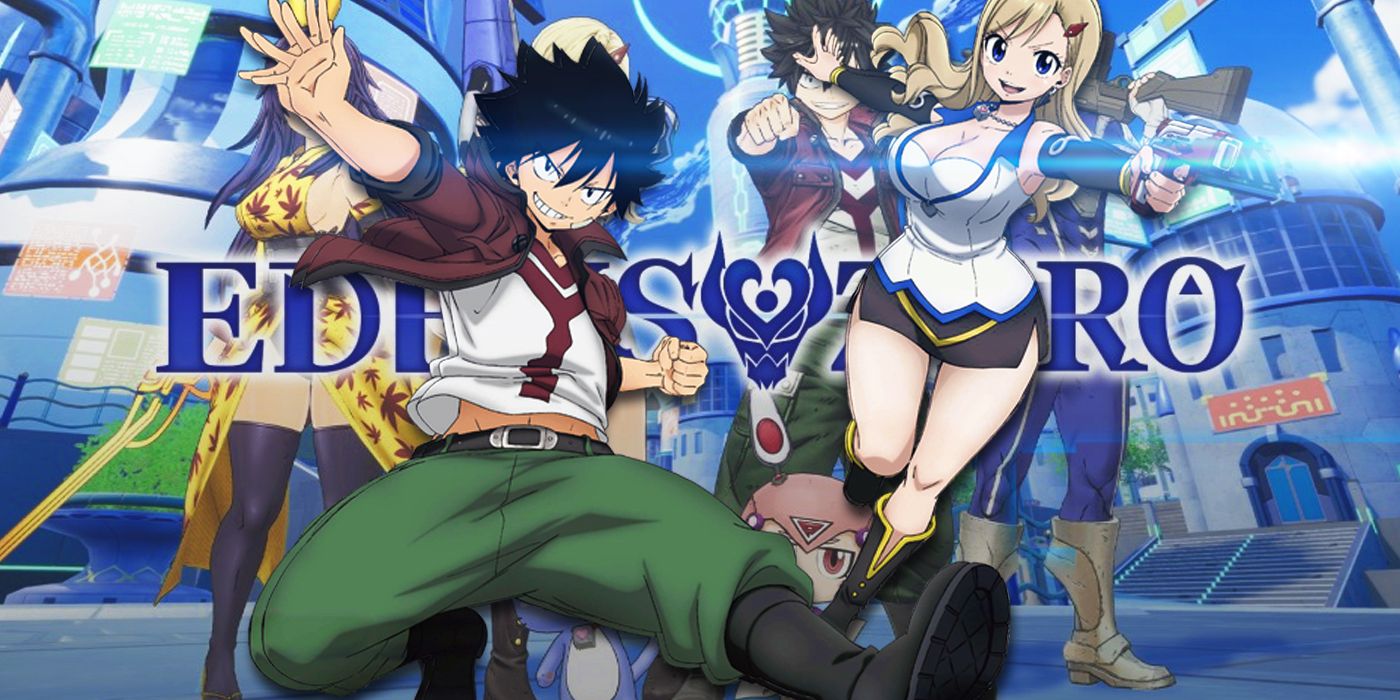
Related
Fairy Tail Creator’s Space Action-Adventure Anime Gets New Console Game
Edens Zero, the anime action space adventure by Fairy Tail creator Hiro Mashima, is coming to Xbox Series X|S and PC courtesy of Konami.
In the distant year of 2172, mankind has spread out further into the solar system. Voyagers from Earth have colonized Mars and even the distant moons of Jupiter have fallen prey to humanity’s unquenchable desire to explore. The creation of advanced mechanical vehicles known as Orbital Frames has launched humanity’s technological capabilities to previously unimaginable heights. Through the use of Orbital Frames and Laborious Extra-Orbital Vehicles (LEVs), harvesting the rare energy source known as Metatron – a fuel that provides power to the Orbital Frames – has become humanity’s primary goal.
However, as mankind has always proven itself to be self-destructive and reductive in its path to progress, the governments of Earth have begun to view the interplanetary colonists as second-class humans. Dubbed “Enders”, or humans living at the end of humanity’s reach, these people are relegated as workers and miners for the larger military-industrial complex. Humanitarian rights are stripped away from them, taxes and laws are levied against them, and their standards of living plummet. A revolutionary military force from Mars known as BAHRAM sets its sights on Antilia, a Jupiter colony, in hopes of taking two Orbital Frames for itself in its pursuit of fighting against the oppressive Earth forces. This is where Zone of the Enders begins, with a young boy named Leo Stenbuck becoming pulled into the explosive conflict.
|
Title |
Platform |
Year of Release |
|---|---|---|
|
Zone of the Enders |
PlayStation 2 |
2001 |
|
Zone of the Enders: The Fist of Mars |
Game Boy Advance |
2002 |
|
Zone of the Enders: The 2nd Runner |
PlayStation 2 |
2003 |
|
Zone of the Enders: HD Collection |
PlayStation 3, Xbox 360, PC |
2012 |
|
Zone of the Enders: The 2nd Runner – MARS |
PlayStation 4, PC |
2018 |
After witnessing a damaged LEV fall and killing many of his friends, Leo races to escape the destruction, only to discover a rare and powerful Orbital Frame. Leo climbs inside the mech and learns that it possesses an AI known as Jehuty. Now piloting Jehuty, Leo becomes a savior for the people of Antilia, with his primary concern being to save as many civilians and buildings as possible from the conflict erupting around him. But the further Leo dives into the ensuing battles, the more he learns of the truth behind Jehuty, Metatron, and another Orbital Frame known as Anubis.
Zone of the Enders is an extremely fast-paced third-person hack-and-slash shooter. As Leo, players must pilot Jehuty and defeat enemies as quickly and efficiently as possible. The gameplay takes place primarily in the air, with Jehuty engaging with enemies in heated aerial battles. Through melee attacks and various projectile weaponry, Jehuty is capable of dispatching enemies at close or long range. Zone of the Enders is a linear game, as Leo is given objectives to fly to in between missions, but little else in the way of exploration or side content. It is during these periods of calm between battles that Leo speaks with Jehuty and furthers the plot. A major theme they discuss is the purpose of life, a question made even more profound due to the bloodshed that Leo becomes a part of.
Zone of the Enders Handheld Spin-Off Title Is a Playable Anime
It Explores the World of Zone of the Enders in a New Way
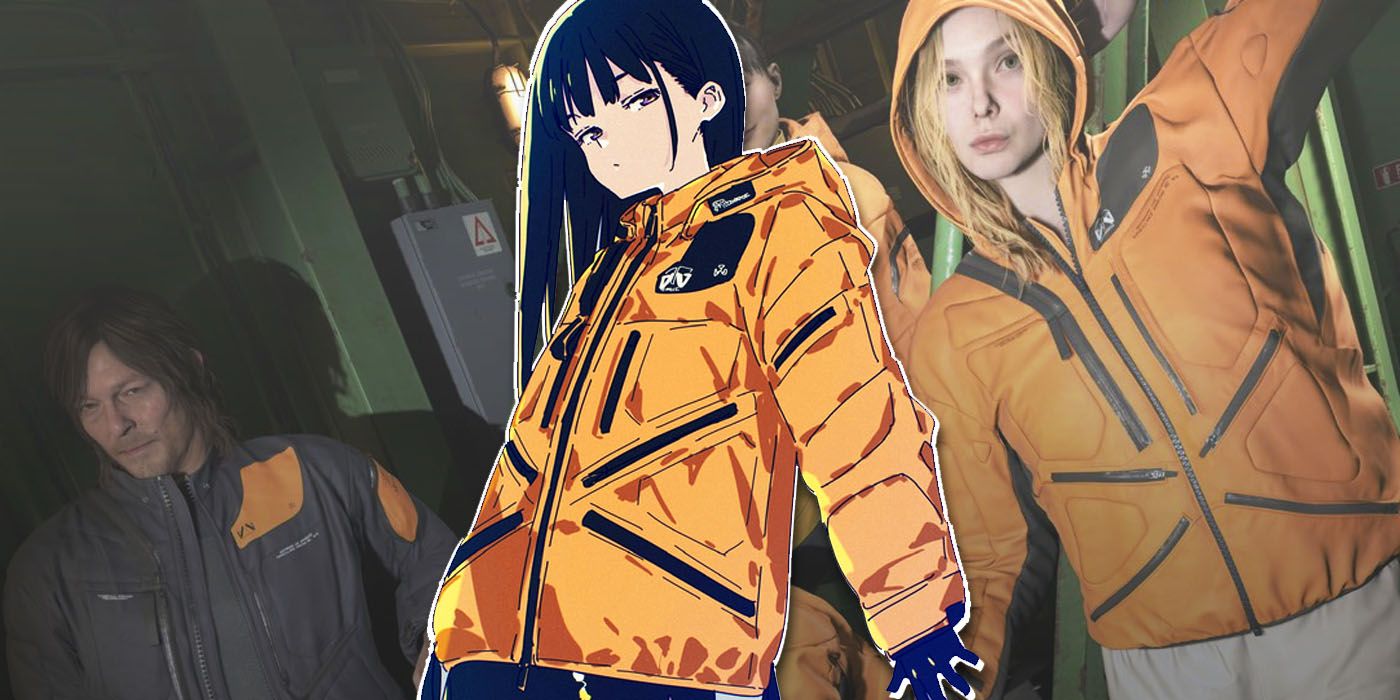
Related
“The Third Phase”: Death Stranding’s Hideo Kojima Teases Evolution in New Anime Plans
Hideo Kojima reveals anime plans as the acclaimed auteur plots further expansions into Hollywood through live-action and gaming collaborations.
The ending of the first Zone of the Enders, despite not being definitive, was never originally intended to have plans for a sequel. But the world of Zone of the Enders proved too large to contain within a single entry, and fan response to the debut title proved positive enough that its story was explored further. Zone of the Enders: The Fist of Mars is a side-story that takes place one year after the first game. When 17-year-old Cage Midwell discovers a mysterious girl sneaking on board the interplanetary ship he works on, a series of violent events thrusts him into the ongoing armed conflict between BAHRAM and Earth.
What separates The Fist of Mars from the other Zone of the Enders titles is how it is a grid-based strategy RPG. Developed by Winkysoft, the creators of several of the Super Robot Wars titles, The Fist of Mars plays incredibly similarly to the Super Robot Wars games. Units are moved on a grid and units can be customized in between battles; however, combat takes place in the IAS or Interactive Attack System, a first-person mode that elevates standard combat.
The game relies heavily on dialogue-driven story sequences in between battles. These sequences, plus the heavy anime aesthetics, make The Fist of Mars feel like a playable anime series, complete with twenty-six missions mirroring the formats of episodes. Some people found the extensive dialogue detracting from the core strategy experience, but for fans of narrative-rich games, The Fist of Mars should not be missed.
Zone of the Enders 2 Upped the Ante in Every Regard Over Its Predecessor
It’s One of the Most Definitive Action Games on the PS2
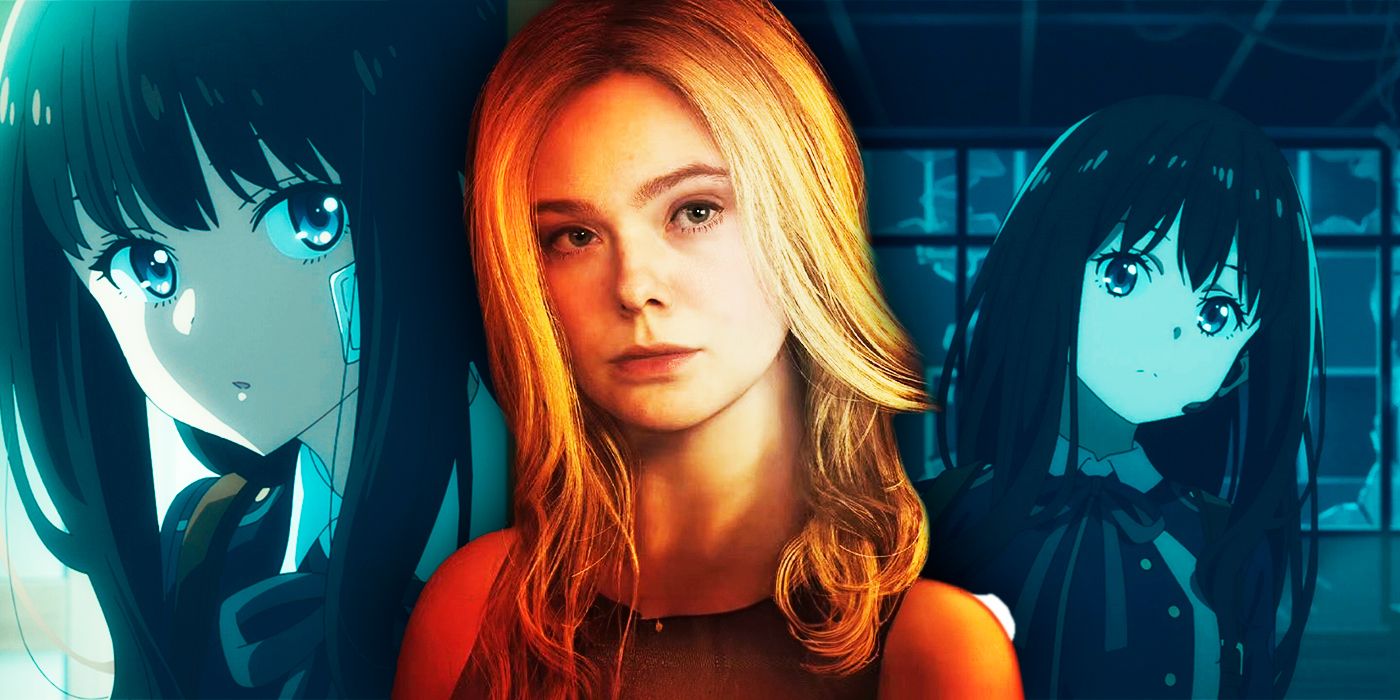
Related
Hideo Kojima Casts New Death Stranding 2 Actor Because of a Beloved Action Anime
A brand-new actor from one of Hideo Kojima’s favorite anime series of 2022 will appear in the anticipated PS5 release of Death Stranding 2.
Set two years after the events of Leo Stenbuck’s perilous adventure with Jehuty, another crisis emerges that puts the fate of humanity on the line. When miner Dingo Egret discovers Jehuty on the moon of Callisto, BAHRAM forces engage with him, intent on capturing the orbital frame for themselves. Dingo quickly finds himself pulled into a greater conflict involving Jehuty and Anubis, a conflict that leaves Dingo so wounded that he must rely on Jehuty as a life support system itself. Zone of the Enders 2: The 2nd Runner continues the anti-war themes present in previous Zone of the Enders titles, placing a strong emphasis on how the everyday person can become lost in armed conflict through no fault of their own.
Like the first title in the series, Zone of the Enders 2 is a fast-paced hack-and-slash shooter, with a focus on intense aerial combat. Unlike the first game of the series, Zone of the Enders 2 is much more linear, completely removing the ability to travel freely between objectives. As critics had also drawn issues with repetition in the first game, Zone of the Enders 2 offers greater enemy variety, greater weapon variety, and a deeper combat system. Through the use of cel-shading for explosions and weapon effects, Zone of the Enders 2 achieves an immersive anime style that simply must be seen to be believed.
Sadly, despite Zone of the Enders 2 addressing every criticism that was levied against its predecessor, and despite earning glowing reviews from critics, it did not sell particularly well. As such, plans for a fourth entry in the series were never pursued further. In 2012, an HD remaster of both PS2 games was released that offered high-resolution graphics, new art, reworked audio, and trophy support. In 2018, a new remaster was released, Zone of the Enders: The 2nd Runner – MARS, which offered even further improved visuals and VR support. As amazing as these remakes were, there still hasn’t been news of a third core entry in the long-running mecha series.
Zone of the Enders carries the torch that was lit by Mobile Suit Gundam so many decades before it. The stories of young people being forced into military conflict – people who only wish to lead peaceful and fulfilling lives – is as relevant today as it was when both Mobile Suit Gundam and Zone of the Enders debuted. Past the visceral gameplay and angelic visuals are stories of hardship, perseverance, and determination. Hideo Kojima is no longer affiliated with Zone of the Enders’ parent company Konami, and after the poor reception of the initial HD Collection, there is little chance for a new title any time soon. But as long as war and animosity grip the hearts of men and plunge them into needless conflict, the stories of Zone of the Enders will always be relevant and necessary.
Discover more from reviewer4you.com
Subscribe to get the latest posts to your email.
